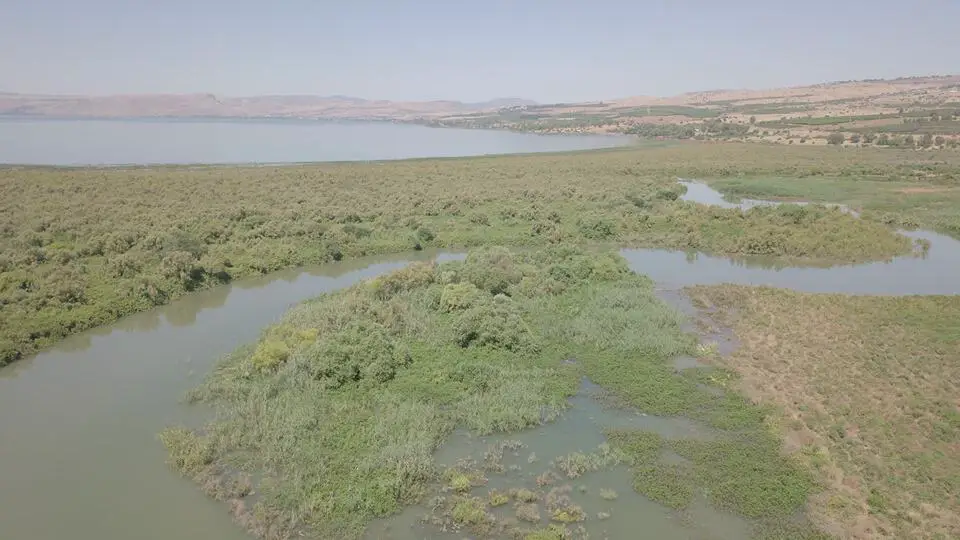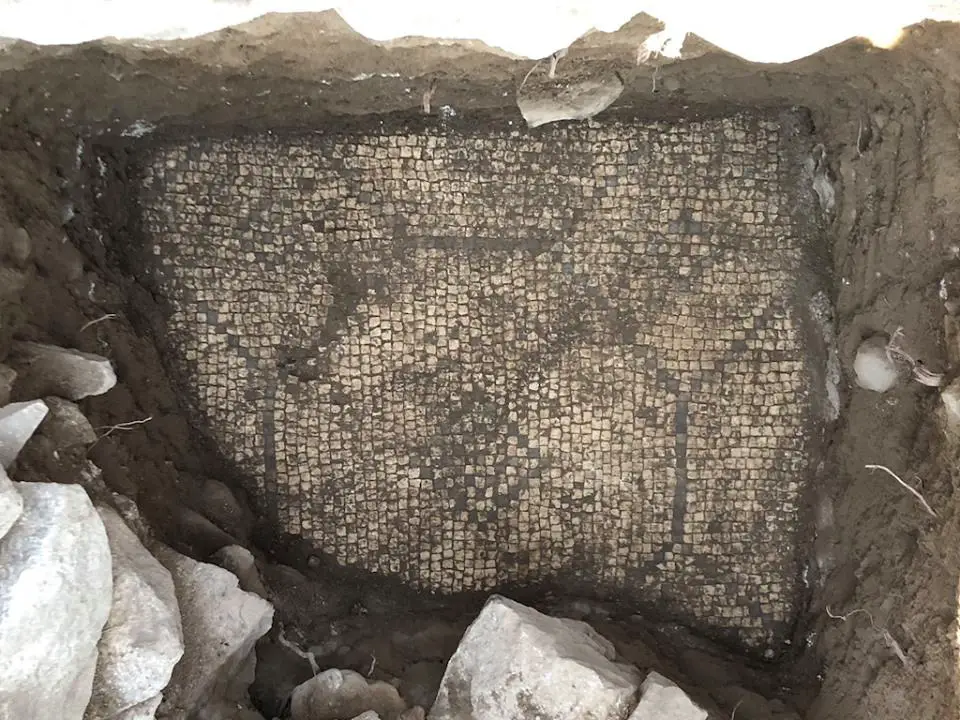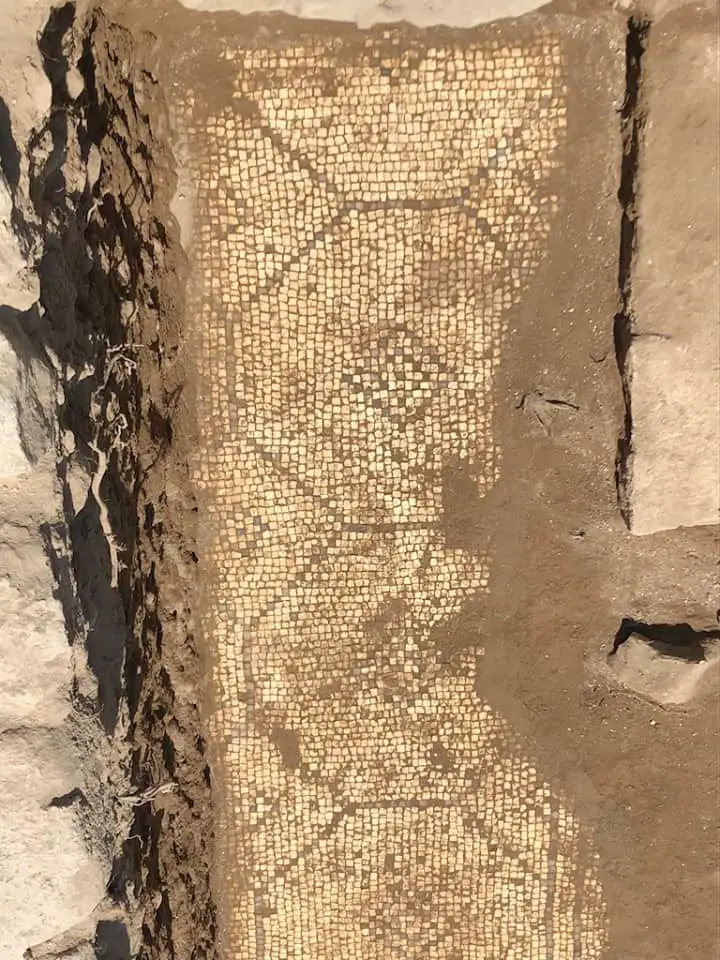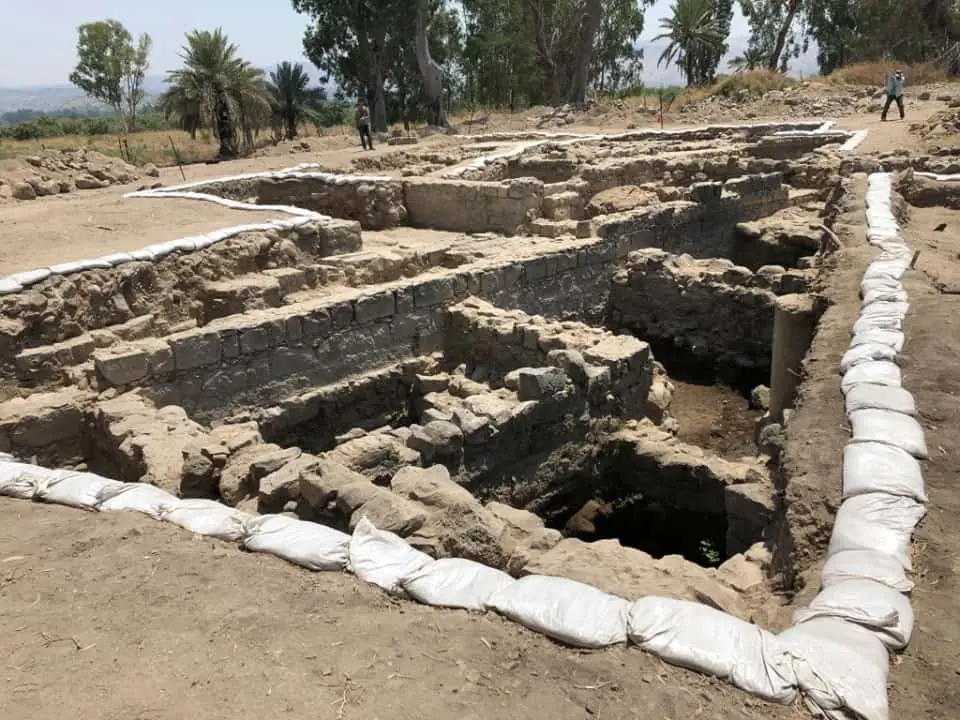In what could be one of the most significant discoveries made by archaeologists in the region to date, a team in Israel may have just unearthed the Church of the Apostles by the Sea of Galilee.

Built on the site of the Apostle Paul’s former home in Bethsaida as a shrine to him, the Church of the Apostles has only been previously described by Romans, and the Bavarian bishop Willibald, who left a detailed account of the church and its location.
Until now, the only major findings in the area known today as El-Araj has been Roman baths, resulting in experts opining that the location was an outpost part of Roman defenses, but not Bethsaida. However, a team of researchers led by Kinneret Academic College Professor Mordechai Aviam and Nyack College of New York Professor R. Steven Notley, recently excavated what they strongly believe is a church from the Byzantine period 50 yards away from the Sea of Galilee and the Jordan river that matches the location and description of the Church of the Apostles.

According to Haaretz:
So far, only the southern rooms of the church have been dug up. But the bird’s-eye view of the structure also supports the theory that this place was a church because of the west-east axis and the division into a central nave with two aisles…The archaeologists also found marble fragments from the chancel screen that would have separated the congregation from the priest at the altar. The stone screen had been decorated with a floral wreath. Other discoveries included mosaic flooring, roof tiles characteristic of big buildings and a fragment of a chalk carving featuring a cross.


Indeed, mosaic tiles were a vital clue in identifying the structure as a church.
“We excavated only one-third of the church, a bit less, but we have a church and that’s for sure,” Aviam told Agence France Presse. “The plan is of a church, the dates are Byzantine, the mosaic floors are typical… chancel screens, everything that is typical of a church.”
“Those are for wall mosaics and only appear in churches,” Notley explained to Haaretz while also citing Willibald’s account. “It’s the historical tradition we possess, and there is no good reason to question it,” he said.
The researchers excavating the nearby site of e-Tell don’t feel the same way. They believe they have found Bethsaida because they’ve found fishing gear, iron anchors and a temple. Peter had been a fisherman before he became an apostle of Jesus and is considered the first pope of the Catholic Church.
But Notley and Aviam have also found evidence that El-Araj was a fishing village and their site has the benefit of being found in the exact location where Willibald and others said it would be.
“Between Capernaum and Kursi there is only one place where a church is described by the visitor in the eighth century and we discovered it, so this is the one,” Aviam said. “No other churches have been found between those two towns. We have a Roman village, in the village we have pottery, coins, also stone vessels which are typical of first century Jewish life, so now we strengthen our suggestion and identification that El-Araj is a much better candidate for Bethsaida than e-Tell.”
Aviam also pointed out that archaeologists have been digging at e-Tell since 1987 and have yet to really find as much compelling evidence in all that time than his team has found since they started digging in El-Araj just two years ago.
“It has been excavated for the past 32 years,” he said. “We started digging two years ago because we thought it’s the better one and now we have the proofs.”
Notley agrees, but says the evidence that will prove beyond a shadow of a doubt that El-Araj is Bethsaida and that the church ruins they found really is the Church of the Apostles, would be an inscription, which were apparently common in churches built at the time. He also notes that the temple found in e-Tell is eight-sided while the Church of the Apostles is described as a basilica, a large oblong hall or building with double colonnades and a semicircular apse used by the Romans and as Christian churches.

The church uncovered at El-Araj fits this description.
“It would be normal to find an inscription in a church of the Byzantine period, describing in whose memory it was built, for instance,” Notley said. “Now we have a church right where the pilgrims say was a church. The early testimonies about the church over Peter’s house described it as a basilica. Would a Byzantine describe an eight-sided structure as a basilica? This is a question that needs to be addressed more fully. The first historical witnesses to the site of Bethsaida are all Roman. We assume it was part of Hasmonean expansion into the Galilee.”

If Notley and Aviam are right, their discovery will be a spiritual point of interest to Christians around the world.
This church is a major shrine to Saint Peter and would no doubt attract millions of tourists every year. But until they find an inscription to remove all doubt, they can only rely on past accounts to make their claims, but that won’t stop Christians from having faith that this church is the Church of the Apostles based on the current evidence.



